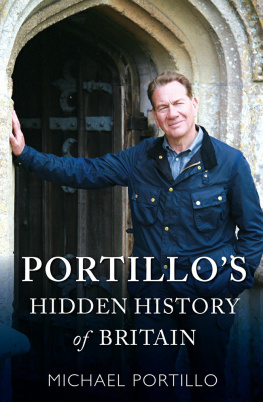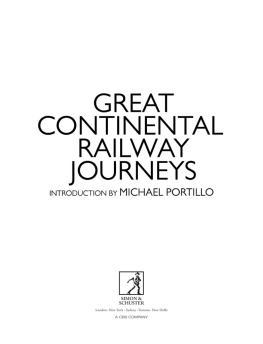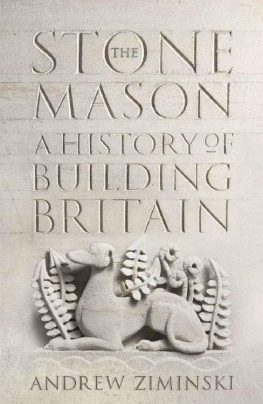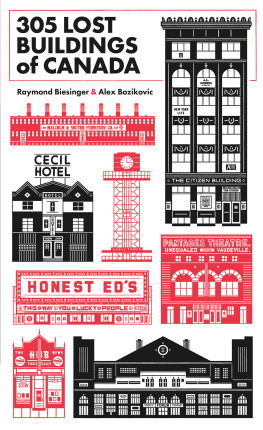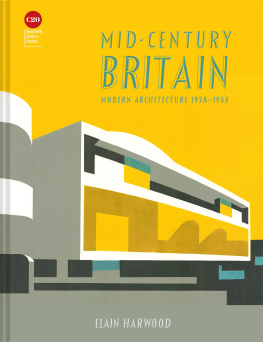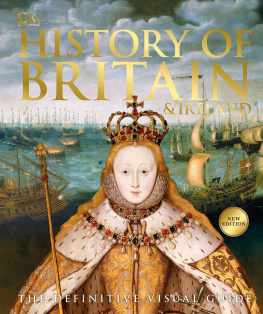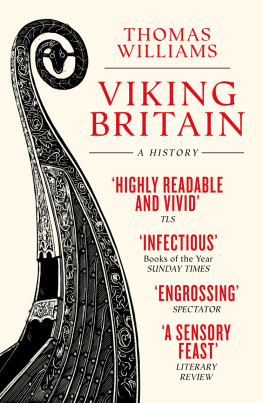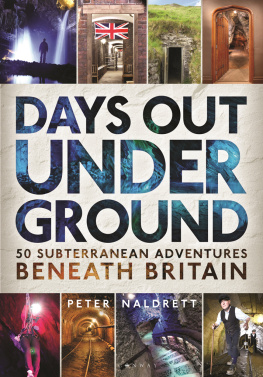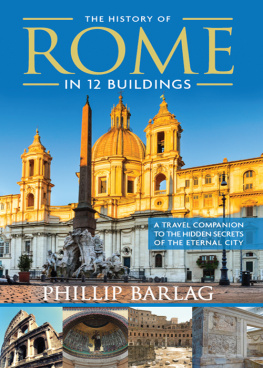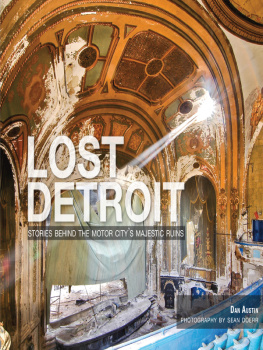PORTILLOS
HIDDEN HISTORY
of BRITAIN
First published in Great Britain in 2018 by
Michael OMara Books Limited
9 Lion Yard
Tremadoc Road
London SW4 7NQ
Text and illustrations copyright Transparent Television Limited 2018
All rights reserved. You may not copy, store, distribute, transmit, reproduce or otherwise make available this publication (or any part of it) in any form, or by any means (electronic, digital, optical, mechanical, photocopying, recording or otherwise), without the prior written permission of the publisher. Any person who does any unauthorized act in relation to this publication may be liable to criminal prosecution and civil claims for damages.
A CIP catalogue record for this book is available from the British Library.
ISBN: 978-1-78929-064-6 in hardback print format
ISBN: 978-1-78929-049-3 in ebook format
ISBN: 978-1-78929-095-0 in audio format
Editorial Consultant: Nigel Richardson
www.mombooks.com
Contents
The author would like to thank:
Ben Frow, Craig Morris VP, Guy Davies and the team at Channel 5; Jazz Gowans, CEO at Transparent Television, Ruairi Fallon, Executive Producer at Transparent Television, Victoria Gardner Head of Development at Transparent Television, Emma Linstead Archive Producer Transparent Television and the team at Transparent Television; Lou Plank and the team at Plank PR; The Royal London Hospital Museum; Richard Meunier, Archivist; Dr Adrian Thomas; Dr Alastair Mulcahy; Barts Health NHS Trust; Tower Hamlets Council; National Trust, Orford; Fred Davis; Ben Gunn; Ministry of Defence; Gordon and Anne Lewis; Jane Paget; Beth Junor; David Johnson; Bradford Council; Bradford Live; Mark Nicholson; Paul Berriff; Dr Andrew Bamji; Diana Cowell; Doug Vince; Prof John Allen; Allied London; Bob Bonner and Greater Manchester Fire Service Museum; All the men and women who worked at London Road Fire Station and helped us with the programme; XM655 Maintenance and Preservation Society at Wellesbourne Airfield; The University of Cambridge; Brighton West Pier Trust; Southern Water; Jo Berry; Saltdean Lido Community Interest Company.
The publishers would like to thank:
Stuart Cooper; Nigel Richardson; All the team at Transparent Television; Helen Cumberbatch; Nicki Crossley; Kay Hayden.
Scattered across Britain there are many extraordinary buildings and structures that have outlived their original purpose. There they lie, in the back streets of provincial towns, on remote stretches of coast, in the centres of cities: abandoned, boarded up, mysterious. Each hides a unique narrative, of personal endeavour or heartbreak, of momentous events that shaped the nation. In this book, and in the television series from which it sprang, I explore twelve such sites, shining a light into their cobwebbed corners to reveal a hidden history of modern Britain.
I was trained as a historian at Cambridge University and since I left politics and turned to broadcasting some twenty years ago, I have made a number of television and radio programmes with historical themes. In them, I have found myself being drawn again and again to buildings because they featured in a historical event, or could illuminate some aspect of history, or simply because I found them arresting to look at. Buildings that have caught my eye and suited my purpose range from the Royal Crescent in Bath to the Dome of the Rock in Jerusalem. But, however splendid, they were incidental to my theme of the moment.
In Portillos Hidden History of Britain I wished to switch that perspective around, to focus on my fascination with buildings their beauty, their purpose, the stories hidden in their walls. The way into a particular subject is a vital consideration for the popular historian. In a radio series I made entitled Things We Forgot to Remember, I revisited great moments in history that are largely misremembered in the popular retelling, such as Magna Carta and Jesse Owens and the Nazi Olympics. In my television travels by train, a focus has been on how the railways changed societies. The idea of Portillos Hidden History of Britain is to put a building (or structure I made the definition loose enough to include obvious non-buildings such as a submarine) centre stage and invite it to speak to us.
Over the course of two television series I have explored some remarkable sites, from the south coast to Yorkshire and East Anglia to the West Country. In most cases they were derelict and abandoned, on the point of changing into something else. This made my intervention particularly opportune: I got in at the eleventh hour, before much of the fabric of the original building was destroyed or changed beyond recognition. From prison to sewer, from bunker to pier, they have helped me understand some of the ways in which modern Britain has developed.
In the course of filming, I accumulated a wealth of material personal testimonies, documents, letters, photographs which was crying out for more detailed examination and exposure. This book is the result. It has allowed me the time and scope to elaborate on important themes and place them in context. Whether on screen or page, the structures I explored became witnesses or documents in their own right, to be listened to and interpreted. Some were more or less intact and therefore relatively straightforward to make sense of. Shepton Mallet prison, in Somerset, for example, looked practically the same as on the day it closed in 2013, which is not to say that the stories it revealed werent eye-popping. On the other hand, the West Pier at Brighton barely exists, is a mere and diminishing skeleton that offers next to no clues about what happened there. Yet, in the end, its testament was just as powerful.
By the same token some buildings confounded expectations. When I visited Cambridge Military Hospital in Aldershot I had already dissected the rich and significant history of the Royal London Hospital in Londons East End. I had expected the military hospitals background to be comparable, one of pioneering medical work with an emphasis, in this case, on the peculiar challenges posed by battle injuries. Only up to a point was this true. Beyond, I discovered a story that teeters on the edge of the credible.
I found the building-based approach genuinely liberating. Sleuthing around the dusty corners of atmospheric old places gave full rein to my sense of curiosity, while drawing on a natural scepticism that I developed as a history undergraduate. Its important that historians ask themselves, How do I know this, who told me, how did it pass down through the years or the generations, what is the foundation for this piece of knowledge? For a politician to be overburdened with scepticism, by the way, is not necessarily a good thing: too often you are required to express a remarkable degree of enthusiasm for a new policy when your experience tells you that its very unlikely to be the panacea that your party claims. This is why, in the end, broadcasting now suits me.
I should point out, however, that I am no David Starkey or Simon Schama. I am not an academic and nor have I confined my interest to a particular era or aspect of history. I am a generalist who wishes to take the reader or viewer along with me on my explorations. And sometimes my initial instincts are wrong, or I am simply baffled by what I find. This is why, for the television series and book of Portillos Hidden History of Britain, I arranged to meet people along the way who know more about each structure than I can ever know. In this way the project has been as much a journey of discovery for me as I believe it will be for you.

